14+ SAMPLE HR Strategy Plan
-
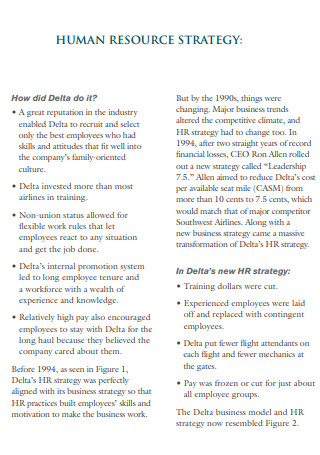
HR Strategy Plan
download now -

Sample HR Strategy Plan
download now -
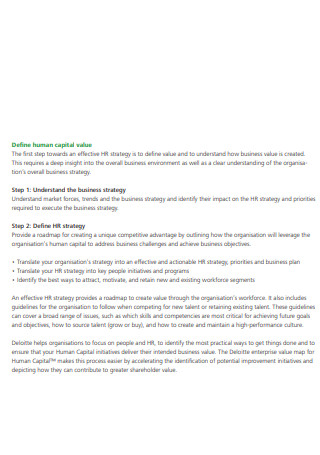
Creating HR Strategy Plan
download now -
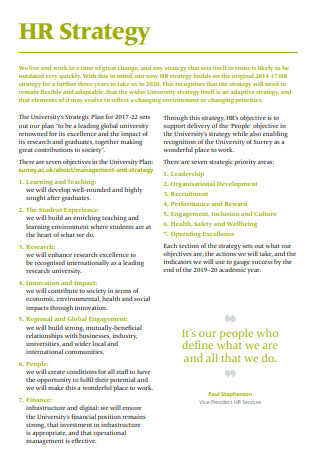
Simple HR Strategy Plan
download now -
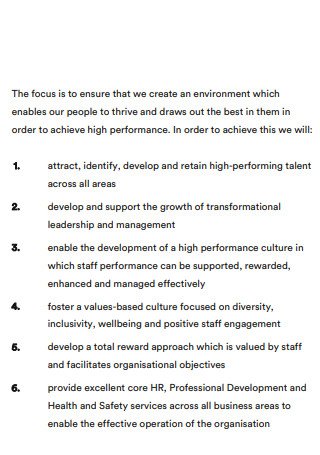
HR Global Strategy Plan
download now -
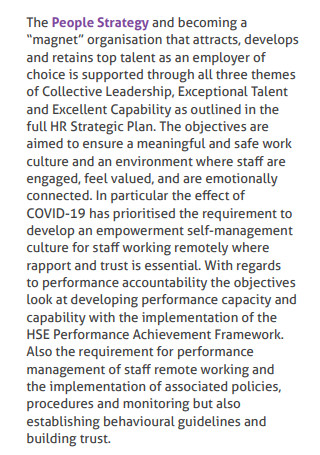
Basic HR Strategy Plan
download now -
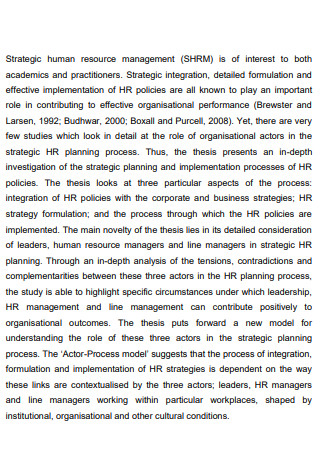
HR Strategy Planning and Implementation
download now -
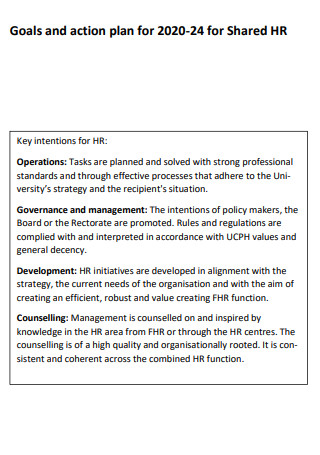
HR Strategy Goals and Action Plan
download now -
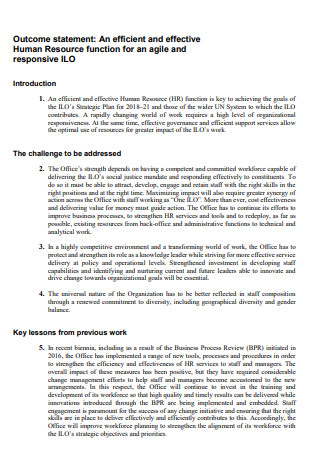
General HR Strategy Plan
download now -
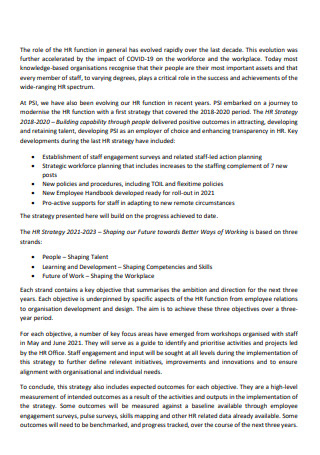
Corporate HR Strategy Plan
download now -
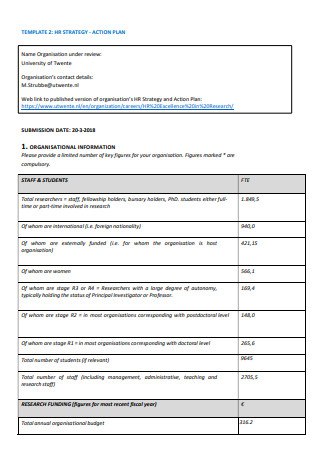
HR Strategy Action Plan
download now -

HR Management Strategy Plan
download now -

HR Business Strategy Plan
download now -
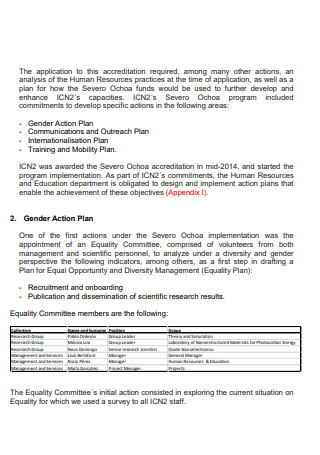
HR Strategy Plan for Researchers
download now -
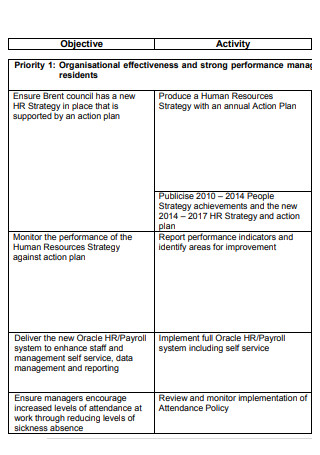
HR Strategy Plan Example
download now
FREE HR Strategy Plan s to Download
14+ SAMPLE HR Strategy Plan
What Is an HR Strategy Plan?
Types of HR Strategies
Components of an HR Strategy Plan
How To Create an HR Strategy Plan
FAQs
What are examples of HR strategies?
What makes a good HR strategic plan?
What are the key ingredients of a strategic HR plan?
What Is an HR Strategy Plan?
An HR strategy plan or a strategic HR plan is a valuable tool for businesses to align their organizational goals with the HR department and its capabilities. Every company must create a plan for deployment to support the growth and development of the department that is within the strategic plan. The document helps different organizations to align human resources to corporate strategies. The strategic plan must incorporate the vision statement, mission statement, company values, and organizational goals. It provides the necessary information about HR functions and their role in supporting objectives and strategies in the organization while guaranteeing that all human resources planning and techniques are consistent. An ideal HR strategy plan outlines to fill in the gaps of present and future capabilities of the human resources department to enable organizations to function effectively and efficiently to accomplish objectives. Creating an HR strategy plan allows personnel to interpret and implement policy and procedure as necessary in the organization.
According to the United States Bureau of Labor and Statistics, human resources managers have a 2020 median pay of 58.28 US dollars per hour, amounting to 121,220 thousand US dollars in a year. The data also shows a projection of a nine percent increase in the employment of human resources managers over ten years from 2020, with over 14,800 job openings a year.
Types of HR Strategies
When it comes to implementing the HR strategy, there are multiple targets and factors that the human resource department considers. As there are sub-departments in the human resources department, the respective personnel and staff have their roles and responsibilities to fulfill. As such, various HR strategies focus on different tasks and activities to form the HR strategic plan. Below are the types of HR strategies that companies utilize.
Components of an HR Strategy Plan
The human resources department has its respective roles and responsibilities. As such, the HR strategy plan must cover areas that correlate with their tasks and duties, helping them to perform to their best abilities. The following elements are essential in the creation of the HR strategy plan. Continue reading to gain insight about them.
How To Create an HR Strategy Plan
Writing the HR strategic plan stems from other organizational and departmental strategic plans. Only when the HR department has a clear picture of organization objectives can they write down the HR strategy plan. It aligns the corporate mission and vision statements with the business plan to deliver the necessary strategies according to organizational goals. Below are the steps in creating the plan for your company.
-
1. Determine the Human Resource Needs
The first step to planning a strategic HR plan is to determine the number of individuals the company needs. In this step, HR managers prepare a comprehensive employee list, including their educational levels, skills, and abilities. It provides the managers with a detailed description of their workers. It serves as a helpful tool in developing employee skills and competencies. The gap analysis also stems from taking the employee inventory, addressing these problems later on. The HR manager conducts a needs assessment to know specifics regarding numbers, significance, and timeframe.
-
2. Determine the Recruiting Strategy
Recruitment is one of the most essential roles of human resources. Knowing the hiring numbers, necessary skills, and timeframe are components of the recruitment process. One of the biggest challenges in recruitment is finding the right candidate to hire for a job opening. There are different mediums of communicating job openings in the company, including traditional advertisement on the web or through social media platforms and networking sites. Keep in mind that the recruitment process must be fair and equitable. Depending on the time and availability, companies can choose their recruiting strategy. Assign head hunters to recruit people locally and internationally.
-
3. Selection of Employees
After reviewing employee resumes, the next step is to hire workers. There are hiring expenses to consider, including time to review resumes, interview candidates, relocation options, bookkeeping, new employee payroll, government record-keeping, and unemployment insurance costs. Many companies undertake phone interviews first to reduce the number of applicants, setting up interview schedules after. After the interviews, the HR managers conduct reference checks and background checks on potential candidates. If the applicant passes all the requirements, the HR personnel negotiates possible salaries, benefits, and vacation time.
-
4. Determine Compensation
Construct pay systems to motivate employees and ensure fairness to every organizational employee. The process of determining pay according to the job position has many variables. An organization’s life cycle defines the pay strategy of an organization. The supply and demand for particular skills, economy, and company location are factors that determine compensation strategies. HR managers guarantee that pay is equal and of market value.
-
5. Develop Training Programs
After planning for staffing techniques, recruiting and selecting employees, and establishing compensation packages, construct training programs. The structure must take into account the company culture, required skills for the job, and human relation skills.
-
6. Perform the Performance Apprisal
A performance appraisal is a method that measures employee performance in their respective positions. Performance appraisals are also called employee appraisals, performance reviews, 360 reviews, and career development reviews. The document is beneficial when motivating and rewarding employees and serves as the measurement metric for performance. HR managers develop different types of rating systems and employee evaluation forms.
FAQs
What are examples of HR strategies?
There are different examples of HR strategies that are present in various industries and companies. Examples include purposeful hiring, growth opportunities for employees, positive onboarding experiences, positive communication relationships, competitive salaries and benefits packages, social responsibility, and management transparency.
What makes a good HR strategic plan?
An HR strategy plays a significant role in filling and identifying gaps in the workforce and establishing a just and comfortable work environment for employees through implementing workshop programs and accessibility training. A successful HR strategy plan sets the tone of company operations and influences consumer and client views.
What are the key ingredients of a strategic HR plan?
Strategic HR planning consists of many elements but the three key elements include forecasting labor demands, identifying current labor supplies, and projecting a balance in demand and supply of labor.
Employees are essential to driving the company towards achieving organizational goals. The HR department does its best to supply the company with qualified employees. As such, the HR strategic plan is a business document that guarantees the operation of the organization. HR employees, especially managers, must be knowledgeable of different trends and techniques to improve employee selection and retention. Create your HR strategy plan by downloading the samples available to achieve all your goals and objectives for the company.
